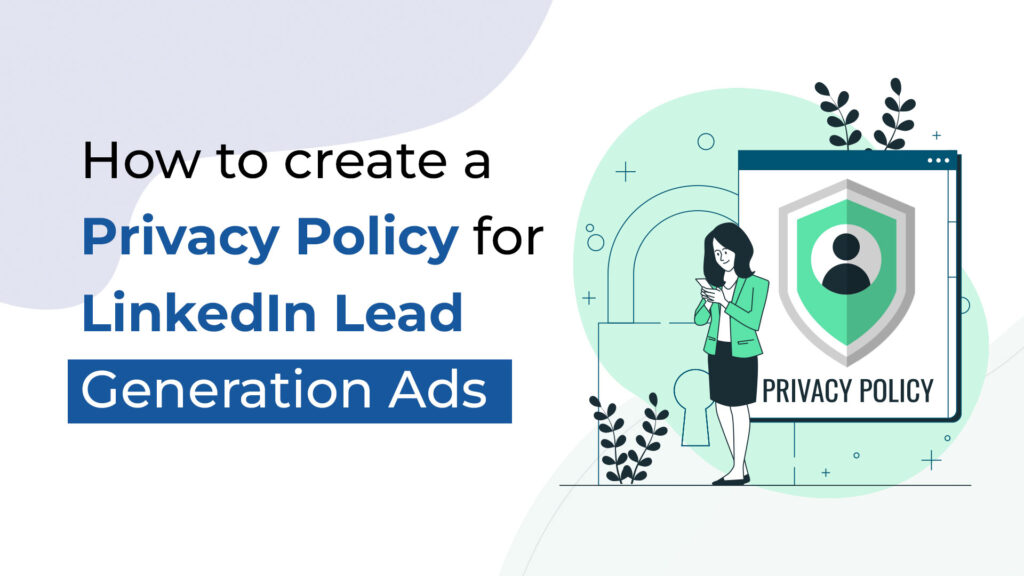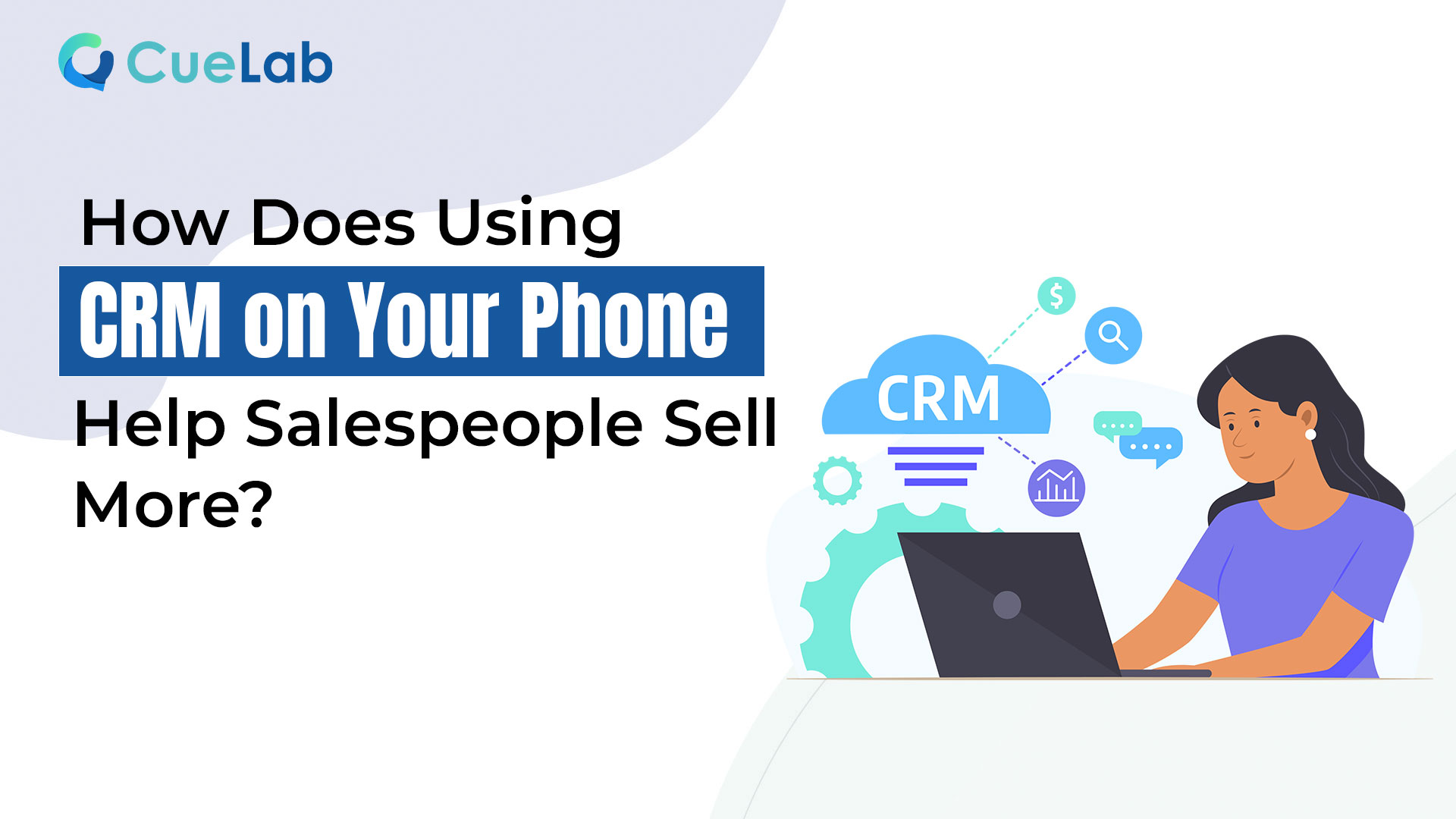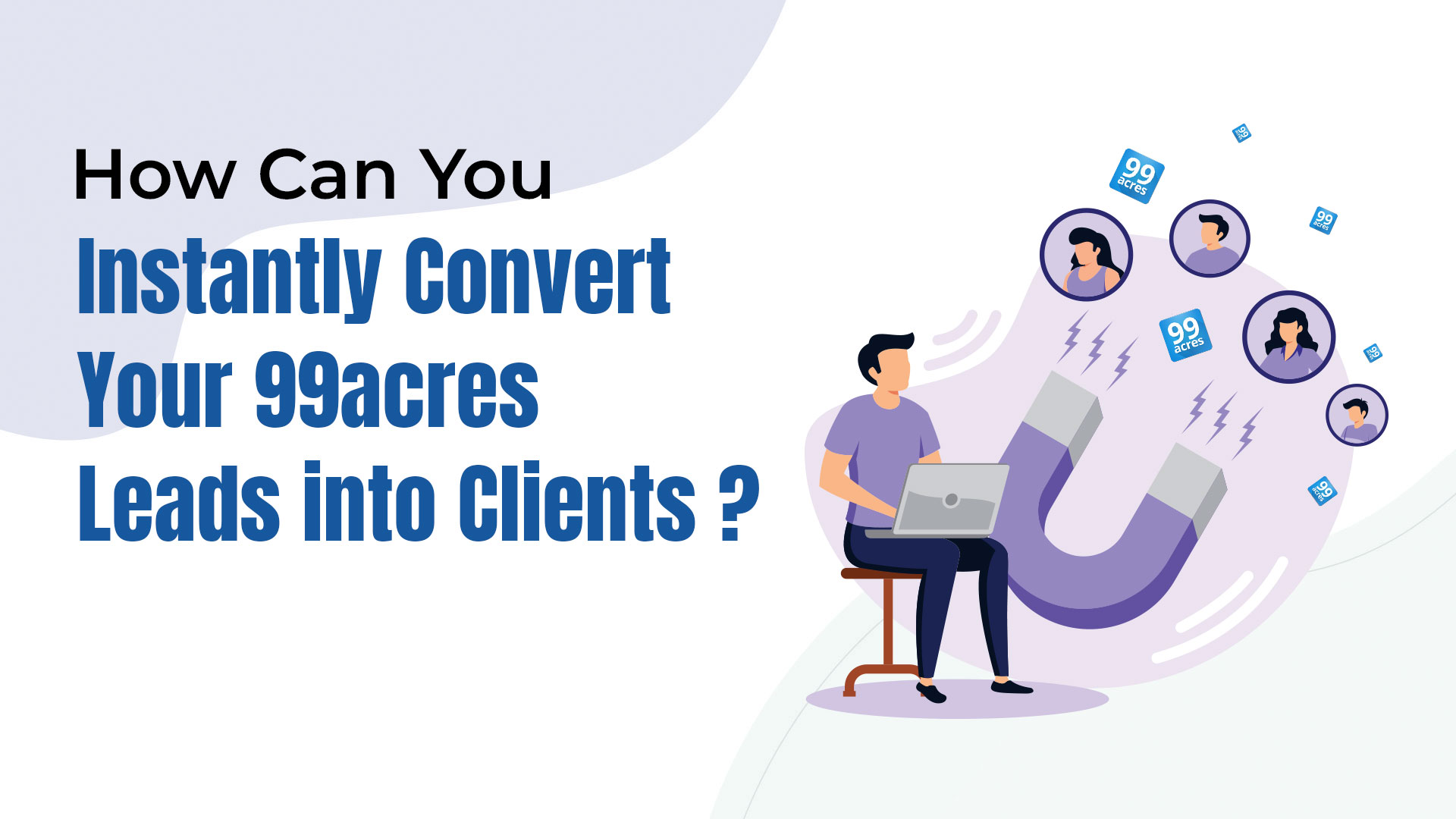How to create a privacy policy for LinkedIn Lead generation ads – 2024

We are in the world of computers and the internet, where keeping people’s personal information safe is super important. While creating LinkedIn leads, When businesses use websites like LinkedIn to advertise, they need to make sure they’re honest and trustworthy about how they handle people’s data. One way they can do this is by having a clear and fair privacy policy.
These days, ads on LinkedIn lead that are aimed at certain groups of people are getting more and more popular. That’s why businesses need to write a privacy policy that fits with these ads. In this blog post, we’re going to walk you through step by step how to make a privacy policy that’s just right for LinkedIn Generation Ads.
Let’s Understand LinkedIn Lead Generation Ads
Before we jump into making a privacy policy, let’s take a moment to learn about LinkedIn Generation Ads. These ads are like special tools for businesses. They help businesses pick out specific groups of people they want to talk to. These groups could be professionals with certain jobs, working in certain types of companies, or belonging to particular industries. But here’s the thing: to do all this, these ads need to gather some information about users. That’s why it’s super important to have a privacy policy that explains everything clearly.
Key Elements of a Privacy Policy
1. Introduction And Overview:
Begin your privacy policy by providing a brief introduction that clearly explains why it’s important and how it relates to LinkedIn Generation Ads. This introduction serves as a sort of “opening statement” that helps users understand why they should pay attention to the policy and how it directly affects them when they interact with your ads on LinkedIn lead. Essentially, it’s like laying down the foundation for a house before you start building the walls – it gives users a clear idea of what to expect and why it’s important to read further.
2. Information Collection:
When you run ads on LinkedIn Lead to reach specific groups of people, like professionals in certain industries or job titles, the ads collect some information about those who interact with them. This information might include things like people’s names, email addresses, what jobs they have, and details about the companies they work for. It’s important to explain clearly in your privacy policy where this information comes from. Is it directly from LinkedIn, or do people need to visit your website or a special page for you to collect it? Being clear about this helps people understand how their information is being used.
3. Use Of Information:
It’s really important to be open and clear about what happens with the information we collect. Let’s break it down: When we gather data from people, like their names or job titles, we need to explain how we’ll use it. This could be for a few different reasons, like showing them ads that match their interests, figuring out how well our ads are doing, or making our products and services better. If we ever share this data with other companies, we’ll tell people about it and explain why we’re doing it.
4. Data Retention:
When you talk about how long you keep the information you’ve collected, it means saying for how many days, months, or years you’ll hold onto it. This decision might be because the law says you have to keep it for a certain time, or it could be just how your company does things. When you’re clear about how long you’re keeping people’s info, it helps them trust you more.
5. Data Security:
We have special protections in place to keep your information safe. We use things like encryption, which is like a secret code that only authorized people can understand. We also have access controls, which means only certain people are allowed to see or use your information. Plus, we regularly check our security measures to make sure everything is working properly. You can trust that we’re doing everything we can to make sure no one gets your information without permission and that it’s not being used in the wrong way.
6. User Controls:
Helping users feel in control of their data is super important. So, let’s break it down. First off, we want to make sure users know they have power over their information. This means they should understand what they can do with it. For example, they should know how to say “no” to the data being collected if they don’t want it to be. We should also show them how to ask for their info to be deleted if they want it gone. Making these instructions clear and easy to follow is key. So, we’ll lay it out step by step, making sure they know exactly what to do if they want to take back control of their data.
7. Third-Party Links:
If the ads you create lead people to other websites or services that aren’t yours, it’s important to let them know that your privacy policy doesn’t cover those places. You should tell them to take a look at the privacy policies of those websites or services to understand how their information will be handled there. This helps users stay informed about their privacy rights, even when they’re not on your website or using your services directly.
8. Legal Compliance:
We promise to follow the rules about privacy that are important for keeping your information safe. These rules might include things like GDPR or CCPA. If you have any questions about how we handle your data, you can contact us using the information we provide.
What are the risks of not having a privacy policy for LinkedIn
Lead Generation Ads?
| Risks | Explanation |
| Legal Issues | Could face fines or legal trouble. |
| Trust Loss | Users might not trust your business. |
| Data Breaches | Data could be misused or stolen. |
| Unclear Practices | Users may not understand how you use their data. |
| Missed Opportunities | Could lose chances for business growth. |
1. Legal Non-Compliance: Privacy laws and regulations, such as the General Data Protection Regulation (GDPR) in the European Union and the California Consumer Privacy Act (CCPA) in California, mandate that businesses inform users about their data practices and provide transparency regarding the collection, use, and protection of personal information. Failure to comply with these laws can result in legal consequences, including fines, penalties, and legal actions brought by regulatory authorities or affected individuals.
2. Loss of Trust: In today’s digital age, users are increasingly concerned about how their personal information is collected, used, and shared by businesses. A privacy policy serves as a foundational element of trust-building between businesses and their users. Without a clear privacy policy, users may perceive your business as untrustworthy or negligent in safeguarding their privacy. This erosion of trust can lead to a loss of customer loyalty, negative word-of-mouth, and reputational damage.
3. Data Misuse and Security Risks: A privacy policy outlines the procedures and safeguards put in place to protect users’ personal information. Without such guidance, there is a heightened risk of data misuse, unauthorized access, and security breaches. Hackers and malicious actors may exploit vulnerabilities in your data handling practices, leading to data breaches that expose sensitive user information. Such incidents can have severe repercussions, including financial losses, legal liabilities, and damage to brand reputation.
4. Lack of Transparency: Transparency is essential in fostering trust and accountability between businesses and users. A privacy policy provides transparency by clearly articulating how user data is collected, processed, and shared. Without a privacy policy, users may feel left in the dark about how their personal information is being used, leading to frustration, confusion, and skepticism about your business practices.
5. Limited Opportunities for Engagement: Users are becoming increasingly privacy-conscious and selective about the businesses they engage with online. A lack of a privacy policy may deter users from interacting with your LinkedIn Generation Ads or providing their personal information. As a result, your business may miss out on valuable opportunities for lead generation, customer acquisition, and audience engagement, ultimately hindering your marketing efforts and business growth.
In summary, the absence of a privacy policy for LinkedIn Generation Ads exposes your business to legal risks, undermines trust with users, increases the likelihood of data breaches, limits opportunities for engagement, and diminishes your competitive advantage in the digital marketplace.
Conclusion
Creating a privacy policy for LinkedIn Lead Generation Ads is super important, not just because the law says so, but also because it shows how much you care about being open and keeping people’s information safe. When you include all the important parts we talked about earlier, like explaining what data you collect and how you use it, it helps people understand what’s going on and feel more comfortable.
Plus, making sure your policy is easy to understand and easy to find makes it even better. This way, people can trust you more, and you can build stronger connections with them. And don’t forget to check your privacy policy regularly to make sure it’s still up-to-date with any changes you make in how you do things or any new rules you have to follow.
FAQs
1. Why do I need a privacy policy for my LinkedIn Lead ads?
– A privacy policy tells users how you handle their data, building trust and showing your commitment to privacy.
2. What should I include in my privacy policy for LinkedIn lead ads?
– Cover what data you collect, how you use it, security measures, and legal compliance.
3. Should I mention LinkedIn’s data practices in my privacy policy?
– Yes, to be transparent about how data is handled through LinkedIn ads.
4. Can I use a template for my privacy policy?
– Yes, but customize it to fit your specific practices.
5. How often should I update my privacy policy?
– Regularly, especially when your practices or laws change.
6. Do I need to translate my privacy policy?
– Yes, if you target users who speak different languages.
7. Where should I display my privacy policy?
– Make it easily accessible on your website and LinkedIn page.
8. What if users have questions about my privacy policy?
– Provide contact info for inquiries and respond promptly.
9. Can I change my privacy policy after publishing it?
– Yes, but notify users and let them review the updates.
10. How do I ensure legal compliance with my privacy policy?
– Stay informed about relevant laws and regulations and tailor your policy accordingly.
Also Read – 7 Ways to Lead Follow-Up on IndiaMART: 7 Strategies for Success


